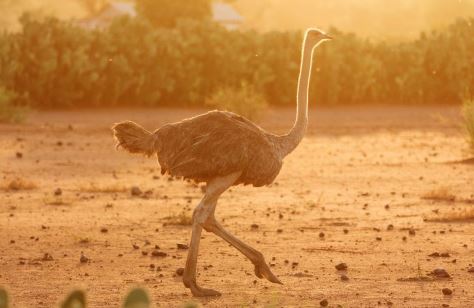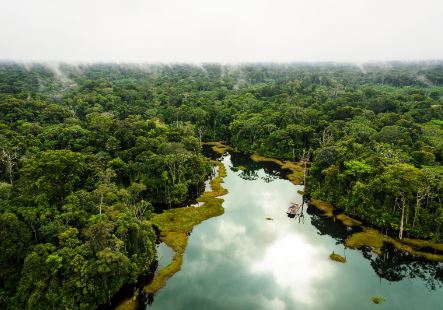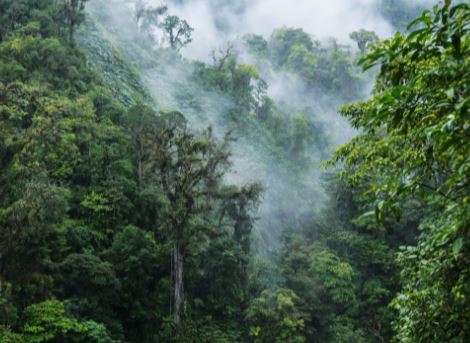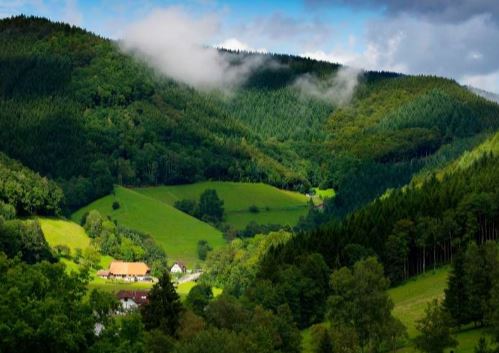1.Spetsnaz Training (Russia)
Russian special forces troops, known as “Spetsnaz,” go through intense training in order to develop exceptional soldiers. Thorough physical preparation, fighting techniques, marksmanship, and competence with a variety of weapons are all part of training. Soldiers of the Spetsnaz are prepared for a wide range of tasks, such as unconventional warfare, counterterrorism, and reconnaissance. They are frequently trained in hand-to-hand fighting, survival techniques, and adaptability to various climates and terrains. Spetsnaz, who place a strong emphasis on adaptability and resourcefulness, go through rigorous endurance training, psychological conditioning, and tactical training. Although the specifics of Spetsnaz training are kept under wraps, it is well known to be rigorous and to produce highly talented, adaptable, and disciplined operatives who can carry out challenging and dangerous operations in a variety of operational settings.

2.The Ranger School (United States)
Founded in 1950, the US Army Ranger School is a demanding and elite military training program that produces exceptionally talented and physically tough infantrymen. Situated in Fort Benning, Georgia, the school’s main goal is to give its pupils combat and leadership abilities. There are three stages to the Ranger Course: the Benning Phase, the Mountain Phase (held in the mountains of North Georgia), and the Florida Phase (held in the Florida swamps). Aside from lengthy marches and sleep deprivation, participants also face significant mental and physical obstacles like as simulated military missions. Graduates who successfully complete the program are awarded the coveted Ranger Tab, which denotes their skill in small-unit tactics and leadership in challenging circumstances. The institution is well known for cultivating in its alumni a culture of self-control, cooperation, and fortitude.

3.Commando Training (India)
The Indian Army’s Commando Training School (CTS) at Belgaum, Karnataka, is the location of the country’s commando training. The goal of this demanding specialized training program is to create elite soldiers who can carry out special operations. The training covers a wide range of topics, including mental toughness, tactical skills, marksmanship, and physical fitness. Candidates go through rigorous obstacle courses, endurance training, and practical combat training. Specialized infantry platoon Ghatak Commandos undergo extra training to perform high-risk missions and operate in difficult settings. Commando training prepares soldiers for a variety of difficult terrains by emphasizing stealth, precision, and adaptability. Graduates from this program make a substantial contribution to India’s special forces, improving the country’s capacity for counterterrorism and unconventional warfare.

4.GIGN Training (France)
The French Gendarmerie’s elite counterterrorism and special operations units are mostly the product of the GIGN (Groupe d’Intervention de la Gendarmerie Nationale) training. The GIGN has a rigorous and extensive training curriculum. It is based in Satory, close to Paris. Potential GIGN operators go through intense physical training, firearms instruction, and specialized classes including counterterrorism, hostage rescue, and close-quarters fighting techniques. The emphasis of the training is on accuracy, prompt decision-making, and collaboration. In addition, specialized medical training, aerial operations, and explosives handling are taught to GIGN recruits. The GIGN’s intense training program and strict selection procedure, which guarantee that personnel are adequately equipped for high-stakes operations in a variety of demanding settings, are credited with the organization’s stellar reputation.

5.Israeli Special Forces Training (Israel)
The nation’s emphasis on security and counterterrorism is reflected in the rigorous and extensive training that Israeli Special Forces get. Units with a reputation for being elite include Sayeret Matkal, Shayetet 13, and Duvdevan. Training encompasses advanced weapon proficiency, physical conditioning, and specific abilities like hostage rescue, intelligence collection, and counterterrorism techniques. With an emphasis on flexibility and creativity, candidates participate in practical situations to improve their problem-solving skills. In addition, hand-to-hand fighting, navigation in a variety of terrains, and survival skills are covered in the training. An important area of study is mental resilience, which gets workers ready for high-stress scenarios. The Israeli military’s dedication to provide top-notch training guarantees that its Special Forces can carry out critical, high-stakes missions with accuracy and significance.



































































